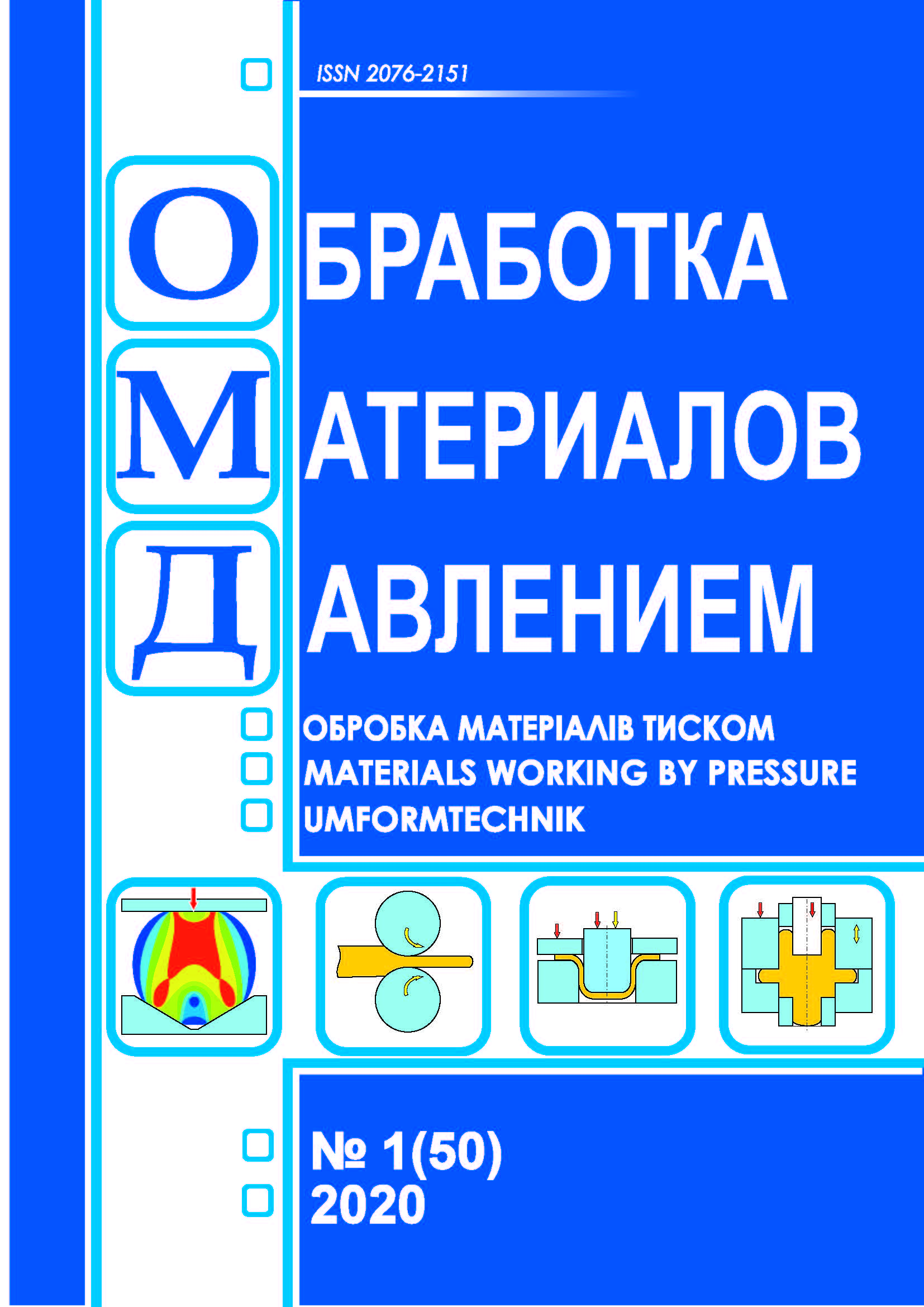Identification of research objects using signatures
DOI:
https://doi.org/10.37142/2076-2151/2020-1(50)210Keywords:
diagnostics, cold forging, materials science, heat treatment, image processing, spectral analysis, signature, expertise.Abstract
Kovalevsky S. V., Sidyuk D. N. Identification of research objects using signatures. Material working by pressure. 2020. № 1 (50). P. 210-216.
The paper proposes an image processing method for further recognition of objects of various structures of forgingsbased on images (photographs). This method allows you to make invariant unaccounted for factors that can affect the quality of the photo. The object of research is samples of thin sections of steels after heat treatment. The holding time and cooling conditions are identical in all cases. Image processing presupposes their preliminary improvement, namely, removing noise and setting autolevels, then converting them into a digital data array, obtaining an image histogram with further highlighting the more informative part of the signature. The transformation of a continuous signal (image) into a signature using sampling and quantization was carried out in the MatLab 6.1 system and made it possible to exclude the subjective factors of visual analysis and classical methods for calculating the ratio of structures in metal. The number of intervals is assumed to be 10. Test and training sets are formed in Microsoft Access based on data on images, heat treatment, composition and ratio of structures. In the NeuroPro 0.25 program, the significance of the inputs is determined and the relationship between the temperature regime, phases in the structure and the image signature is established. The possibility of predicting the structure and image of phases based on the temperature regime, type and time of cooling was confirmed. Additionally, the inverse problem of the possibility of predicting the technological parameters of heat treatment based on previously existing examples was solved. The method is applicable to any number of intervals, from 2 to 255. Increasing the number of intervals can make it possible to recreate the predicted structure as an image.

